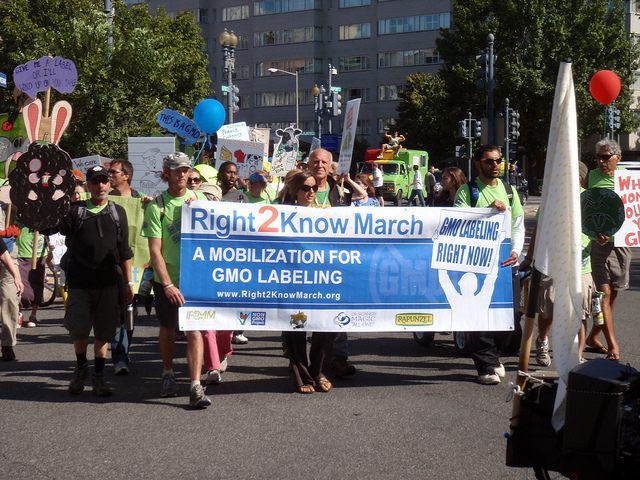The U.S. Department of Agriculture reported, for the first time in American history, that “over the last three months, spending at ‘Food Services and Drinking Places’ was $152.6 billion compared to $149.8 billion spent on food at grocery stores from February to April.” Grocery stores are responding to the massive loss of consumer dollars by going all-in for organic foods, which Consumer Reports estimates cost 47% more. Despite clever marketing, most health experts doubt organics are worth the premium price.
Mintel, the world’s leading market intelligence agency, just published a report on organic foods’ penetration of grocery store shelves. They determined that the biggest selling point for organics was the perception by millennial consumers that the products are healthier. Mintel found the healthy perception is much more important to the consumer than desire to be environmentally responsible or to demonstrate ethical superiority.
Millennials’ embrace of the sector expanded the definition of organic foods and organic food retailing. From predominantly road-side stands at family farms, organic foods went main-stream with major chains like Wild Oats and Whole Foods. That, in turn, caused a general incentive shift for all grocery store chains to begin offering organic foods to capture higher sales revenue and significant profit margin improvement.
But millennials are “increasingly turning against organics” because they believe the price is not justified for the improvement in health. Mintel suggests that organic food producers and retail distributors must “embrace non-millennials” for the organic foods sector to avoid withering.
Meanwhile, Rep. Mike Pompeo (R-KS) is attempting to pass a national law requiring the labeling of food made with genetically-modified organisms (GMOs), which critics, such as Mischa Popoff, say is a cover for an attempt to harmonize American regulations with European bureaucratic rules ahead of a possible free trade deal. Popoff warns that the labeling effort could hurt American agriculture as a whole–for no perceived health benefit.
William Roberts, Mintel’s Senior Food and Drink analyst stated, “Considering the typically higher cost of organic foods and beverages, consumers are increasingly hard pressed to justify the added expense. As such, sales have hit something of a plateau, where they likely will remain until consumers have a clear reason to turn to organics.”
Mintel’s study found that younger consumers, i.e. “gen-Xers” and millennials, are “decidedly cynical about the high prices charged for organic goods.” Only about 40% of Gen Xers believe that products labeled as organic, actually are organic. About half of all consumers now think labeling something organic is just an excuse to charge more.
Consumers do assume organic food is much safer because farmers do not use pesticides or food additives. But the Mayo Clinic has concluded that “organically and conventionally produced foodstuffs are not significantly different in their nutrient content.”
Whole Foods Market, Inc.’s stock price (WFM-NASDAQ) is back to where it was in May 2012. Earlier this month, the company announced it was going to start opening stores that were about half the size of their average 50,000-to-70,000 square foot store. Although the company spun the move as catering to millennials, RetailWire.com found that the move is an effort to cut grocery items and focus on “prepared foods, baked goods, meats and seafood.”
Grocery store chains tried to turn around market share erosion from restaurants and bars by pumping up their organic food offerings. But the combination of high prices and consumer cynicism is now undermining that effort.

COMMENTS
Please let us know if you're having issues with commenting.